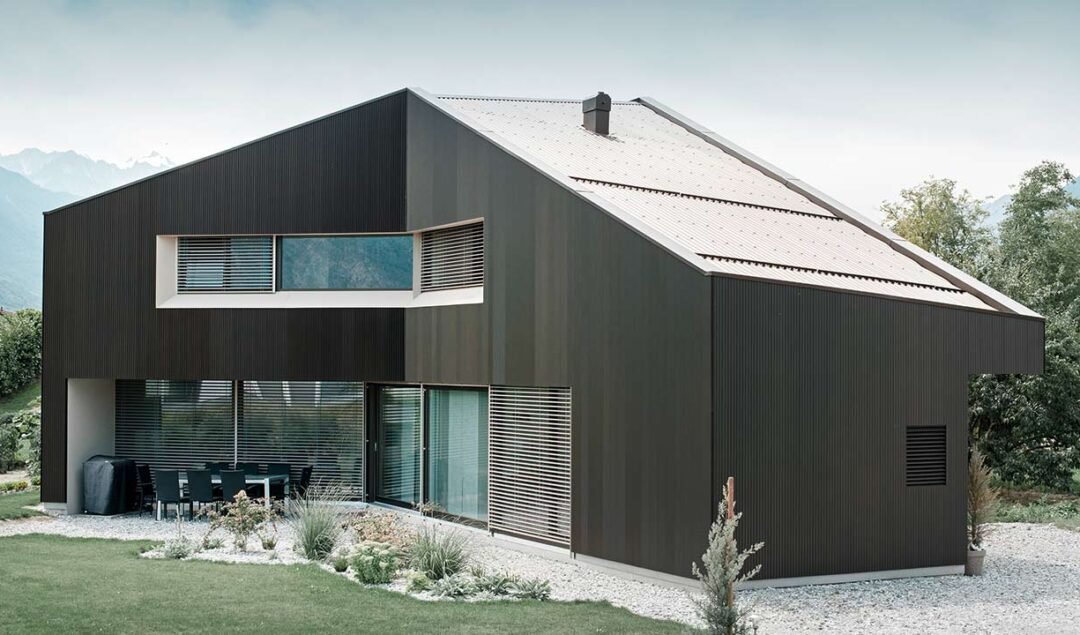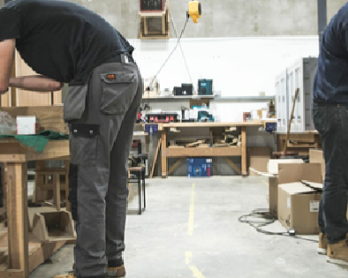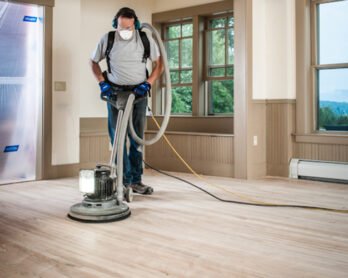Aluminium Cladding: A Cost-Effective Option For Building Exteriors

Aluminium cladding is a great way to give your home or business a new look. It’s durable and long-lasting, which means fewer replacements in the future. It also comes in a wide range of colors and designs, so you can create a unique exterior that suits your taste.
What Does Aluminum Cladding Look Like?
Aluminium cladding is available in a wide range of colors and textures. There are also many types of Best aluminium cladding, each with its own aesthetic appeal. For example:
- Aluminium panels can be extruded, rolled, or cast; this influences the surface finish of the material.
- The color of an aluminium panel depends on how it has been treated during production (for example, anodized or powder coated). Powder coating is generally more durable than anodized coating but both techniques offer good protection against corrosion and weathering when used on exterior cladding products such as balconies or facades where there is high exposure to rainwater splashes from passing vehicles etcetera).
Why Choose Aluminum Over Other Materials?
- Aluminum is lightweight, making it easy to install and transport.
- Aluminum cladding is energy efficient, which means that you’ll save money on your utility bills.
- Aluminium cladding is durable and can last for decades with minimal maintenance required.
- Aluminium is corrosion resistant, making it a good choice for coastal areas or other climates where salt air may cause problems with other metals.
Why Choose Aluminium Over Steel?
While steel is still the most popular choice for cladding, aluminium has some distinct advantages.
While both metals are equally durable and long-lasting, aluminium is lighter than steel, which makes it easier to install on buildings with high ceilings or limited space. It’s also more flexible; because of this flexibility, you can create curved panels that would be difficult (or impossible) to manufacture with steel. This flexibility makes it possible for architects to create unique designs that would not be possible using other materials such as wood or concrete tiles.
Aluminium is also far more energy efficient than its counterpart; while both metals require large amounts of electricity during manufacturing, aluminum requires less power than steel does due to its lower melting point and ability to conduct heat better than other metals do at room temperature (which means you’ll use less energy cooling down your home after installation). Furthermore: “The fact that aluminum conducts heat so well makes it ideal for use in hot climates where air conditioning systems struggle under high temperatures.”
What Are the Benefits of Aluminium?
Aluminium is a durable, lightweight, and low-maintenance material. It’s also a sustainable choice because it can be recycled. The fact that aluminium is easy to install makes it an ideal material for commercial buildings and homes alike.
Aluminium cladding has many benefits: it’s resistant to corrosion; it requires little or no maintenance; and its lightweight nature makes it easy to transport and install on-site by hand or machine.
Conclusion
Aluminium cladding is a cost-effective option for building exteriors. It provides protection against the elements and can be used on both interior and exterior walls, as well as roofs. This type of material is strong enough to withstand harsh weather conditions while providing an attractive finish that will last for many years without rusting or corroding away.





